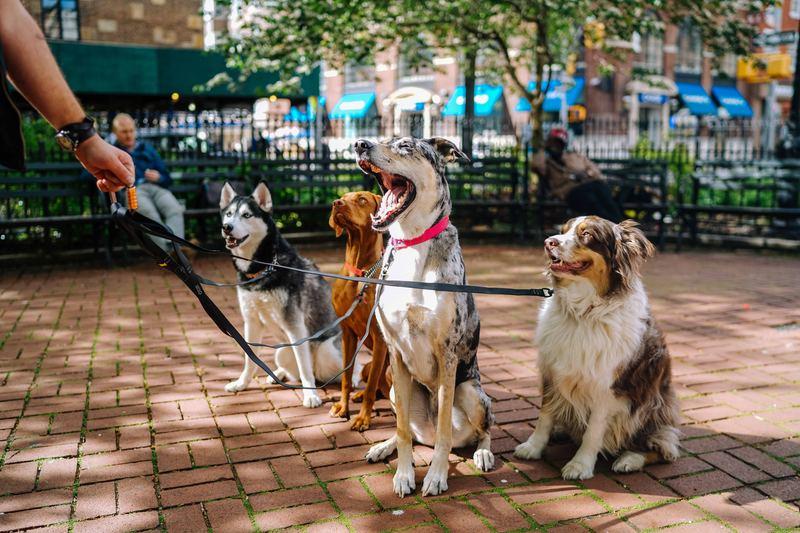The Secrets of Dog Language
Our dogs are part of the family. Devoted pet owners share photos of their dogs, buy them nice furniture, and install modern pet doors so that they can explore the great outdoors. Of course, because we love our dogs so much, we even talk to them.

Although our dogs can’t quite “talk” back to us, we can learn about the way they communicate. By observing their barking and body language, we can begin to decode their secret dog language.
How do Dogs Speak?
Like people, dogs can express themselves in many ways. Here is some dog behavior information that can help you better understand your pet.
Dog Communication Signals
Your dog doesn’t have to make a single sound to communicate effectively with you and other dogs. Dogs are excellent at communicating with their body language.
- Smile: If your dog appears to be smiling, he is happy and wants to play. Dogs only communicate this way with people, not other dogs.
- Ears: When a dog’s ears are up, she is likely listening or content. When her ears are back, she may be indicating submission.
- Tail: While a tail between the legs may signal fear or defense, a wagging tail indicates that your dog is happy.

Why Do Dogs Bark?
Barking is one of the main ways that dogs communicate vocally. Dogs bark for different reasons, depending on the situation.
- Boredom: Dogs thrive in a pack. A dog that’s left alone may become lonely or bored and bark due to unhappiness.
- Fear: Your dog may start barking if he is suddenly startled by an unexpected noise.
- Territorial: When another animal or person enters your dog’s “territory,” she may start barking to protect her home turf.
- Greeting: Often paired with jumping and tail wagging, your dog might let out one or two barks when he greets you or another dog.
If your dog is constantly telling you that he’s bored or ready to go outside, it’s time to install a pet door in your home. If you want less dog barking noise and more tail wagging, please contact us today. We can help you find the right dog door for your family.
